Well first, what is pool shock? Shock is a concentrated chemical formula used to increase available or free chlorine when your standard sanitizer (regular chlorine tabs, a salt chlorinator, Nature2, etc) gets behind in its duties. Sanitizers work to oxidize or break down organics and destroy bacteria. But they can become overwhelmed by higher levels of these compounds which rise after an increased bather load (pool party!) or heavy debris from inclement weather.
Organics come from many sources – dead skin cells, sweat, sunscreen, dirt, and leaves, to name a few. These not only muck up your pool but also provide a veritable all-you-can-eat buffet for bacteria and can set the stage for an algae bloom. This is when pool shock comes in to save the day by giving a boost to your sanitizer. Here are the three main types of pool shock, which vary by their chemical composition.
Cal-Hypo
Its full name and main ingredient is calcium hypochlorite. Cal-Hypo contains chlorine and is available in different concentrations; we carry 68% and 73% which is typical of the ranges you’ll find. It will boost your free chlorine level without increasing cyanuric acid (CYA). However, since CYA acts as sunscreen for chlorine, you will want to add Cal-Hypo shock in the evening to give it a chance to work without getting hammered by full sun.
Cal-Hypo will add calcium along with the chlorine. If the calcium hardness level is already high in your pool, consider an alternate shock. Use with extra care on pool surfaces prone to bleaching, especially vinyl liners.
Di-Chlor
Also known as sodium dichloro-s-triazinetrione, Di-Chlor is another chlorine-based shock. This is typically recommended for vinyl liner pools as it dissolves rapidly and will not bleach or stain the liner. It is also safer for fiberglass or painted surfaces for the same reason.
Di-Chlor does not add calcium so it’s a good option over Cal-Hypo if you want to use a chlorine shock without increasing hardness.
Oxidizer (Non-Chlorine)
Potassium monopersulfate is an oxidizer comprised of potassium salt. There is no chlorine in this type of shock and it does not kill bacteria. So what’s the point? When there is a high level of organic waste in the pool, the available chlorine is used up attacking that, giving bacteria free reign to grow. Non-chlorine shock oxidizes the organics and helps clarify pool water. This allows the free chlorine to do its job of attacking bacteria and algae instead.
Some people prefer to limit the use of chlorine due to health concerns. Non-chlorine shock is not as powerful as Cal-Hypo or Di-Chlor but provides an effective alternative.
Whatever type of pool shock you decide to use, be sure to carefully follow the manufacturer’s instructions to protect yourself and your pool. And if you can’t get enough of the joy of pool maintenance, then check out our many How To Guides on this very subject.

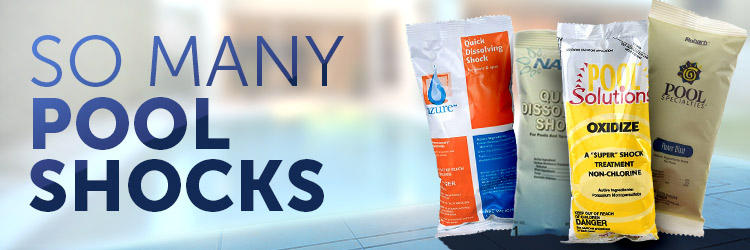







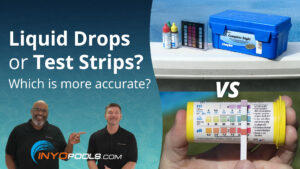
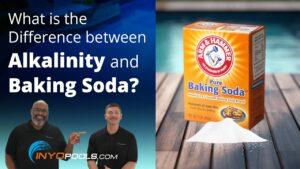
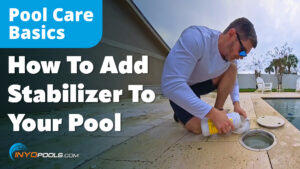
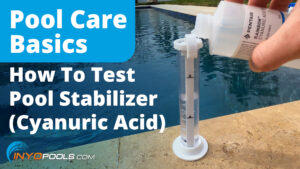

Leave a Reply